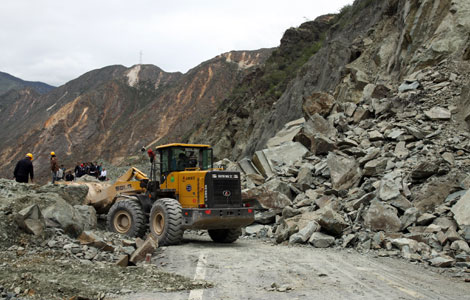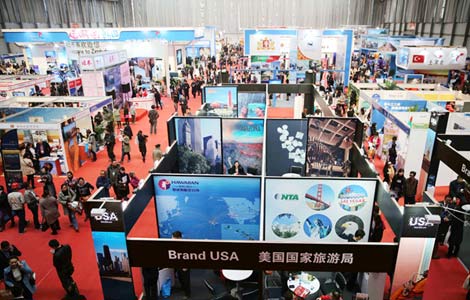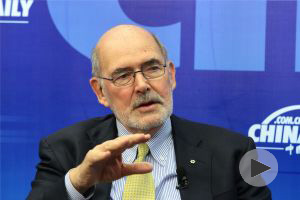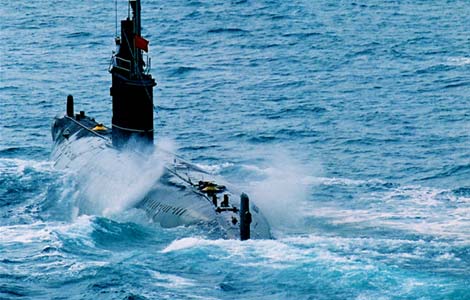Scientists look to forecast smog more precisely
Updated: 2013-10-30 15:55
(Xinhua)
|
||||||||
Chinese scientists are researching how to forecast the intensity of smog more precisely to issue warnings and help control pollution more effectively.
Speaking to Xinhua News Agency, Wang Zifa, a researcher with the Institute of Atmospheric Physics of the Chinese Academy of Sciences, said, "Currently, the abilities to forecast heavy pollution weather and issue early warnings are insufficient. Big cities such as Beijing, Shanghai and Guangzhou have such capabilities but precision is needed."
Technological support is required in tracking down the sources of pollutants and the causes of how pollution is formed, said the expert.
"Research in these respects is urgent both for the short-term response measures and the middle- to long-term solution goals in energy consumption reduction and improvement of energy structure," he said.
According to Wang, a domestically-designed simulation system could display where pollutants come from. For example, it would show whether they are produced by motor vehicles or coal burning, or they are local pollutants or come from the outside.
Under a national air pollution treatment plan unveiled in September, construction of monitoring and warning systems for heavy-polluted weather will be completed in the Beijing-Tianjin-Hebei region, the Yangtze Delta and the Pearl River Delta regions in 2014. Other major cities should complete projects in 2015.
"It is still rather difficult to carry out high-level pollution forecasts, especially if it is for a period of three consecutive days," according to Wang.
The National Meteorological Center's smog forecasting system, which began operation in 2012, can forecast three days in advance.
A research program to upgrade the system is underway, according to Zhang Xiaoye, vice president of Chinese Academy of Meteorological Science.
The system will be much more precise in forecasting smoggy weather and provide timely data about the places and percentages of emission cuts needed to reduce pollution, Zhang told Xinhua.
"For example, if we forecast visibility will be about three kilometers three days later, can we lift the visibility to 10 km through pollutant reduction measures?" Zhang asked.
Most Viewed
Editor's Picks

|

|

|

|

|

|
Today's Top News
China's population policy unchanged
Boston victim's scholarship fund reaches $1m
Beckham picks Miami for MLS franchise
UN urges end of US embargo on Cuba
IMAX: Coming to a home near you
SUNY recruits students in China
NSA denies reports on US spying in Europe
US approves chemical probes against China
US Weekly

|

|













